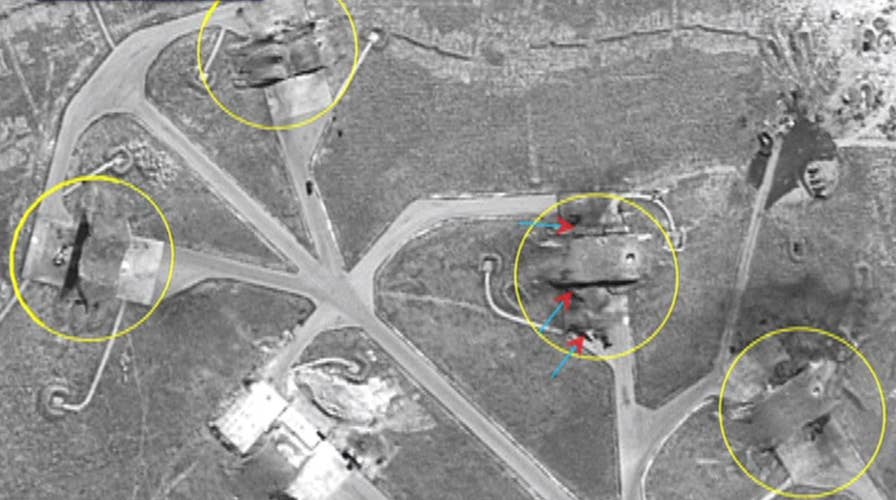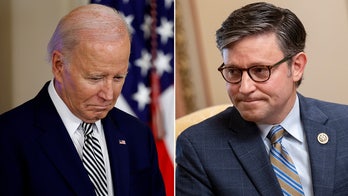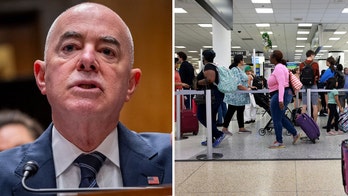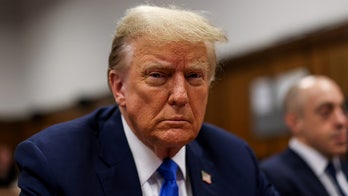Destruction from US strike on Syria seen on satellite images
Jennifer Griffin reports from the Pentagon
As President Trump was wrapping up his dinner with Chinese President Xi Jinping at Mar-a-Lago – a hearty menu that included pan-seared Dover sole and dry-aged New York strip steak, paired with California wines – he delivered the news: The U.S. had launched strikes on Syria.
By this point, the first of 59 missiles already had started to rain down on the Assad airbase alleged to have been used to carry out this week’s deadly chemical attack. Planning for a U.S. response had been underway since Tuesday – but the final decision to order missile strikes, and the military’s execution of that directive, took place over the course of just a few hours Thursday evening.
The timeline of the president’s decision-making and the mission itself was detailed late Friday by White House Press Secretary Sean Spicer and other U.S. officials. The president’s top spokesman described the course of events as a “72-hour evolution” that involved “updates and options and refinements” before a final decision.
OBAMA OFFICIALS UNDER FIRE FOR CHEMICAL WEAPONS CLAIMS
“He’s not going to telegraph his next move,” Spicer cautioned, but described Thursday’s actions as carefully planned, decisive and “justified.”
According to Spicer and other officials, the timeline played out as follows:
Tuesday at 10:30 a.m. ET: Trump was informed during his daily briefing about the suspected chemical weapons attack in Syria. Trump asked his team for more information. The team developed “initial” options.
Tuesday at 8 p.m.: Preliminary options were “presented and refined.”
Wednesday morning: Another “restricted principals meeting” was held where options were further reviewed and refined.
Wednesday at 3 p.m.: Trump was briefed on updated options at a national security meeting. He reviewed them, asked questions, and requested more information – including options for strikes on Syria.
Thursday at 1:30 p.m.: En route to Florida, Trump convened his national security team aboard Air Force One.
Thursday at 4 p.m.: Trump, Secretary of State Rex Tillerson, Secretary of Defense Jim Mattis, National Security Adviser H.R. McMaster and others met in a secure room in Palm Beach. The president “gave the okay” to move ahead. This decision was made at about 4:30 p.m.
Thursday at 7:40 p.m.: Navy destroyers in the Mediterranean launched Tomahawk missiles into Syria.
Thursday at 8:30 p.m.: Foreign leaders and congressional leaders started to be notified. Around that time, the first missiles were hitting. Trump informed President Xi as their dinner was ending. According to Spicer, all 59 missiles “hit their target.” After dinner, Trump held a secure call with the Joint Chiefs.
“He asked about reaction from the world community as well as congressional leaders and was informed that there was fairly unanimous praise for the decision and the actions the president took,” Spicer said.
Trump mostly has won bipartisan praise on Capitol Hill for the response, though some have warned that he must seek congressional authorization going forward. The strikes also fueled a fiery U.N. Security Council session on Friday, where Syria’s allies condemned the action.
The strikes took some by surprise, considering Trump’s past criticism of intervention in Syria. Spicer, and the president himself, say he was moved by the horrific images of victims of this week’s chemical attack.
“It was very disturbing and tragic and moving to him,” Spicer said.
Fox News’ Judson Berger, Lucas Tomlinson and Lesa Jansen contributed to this report.





